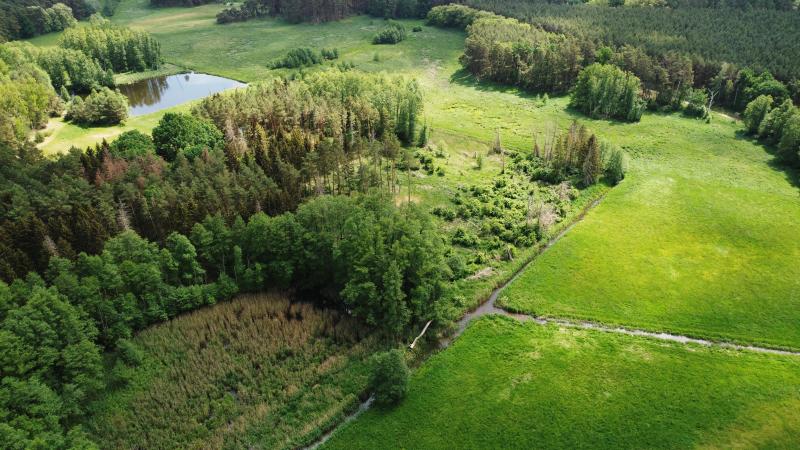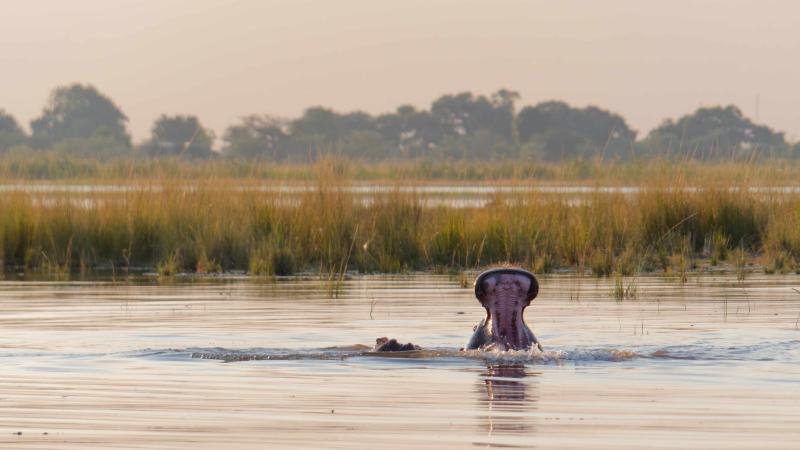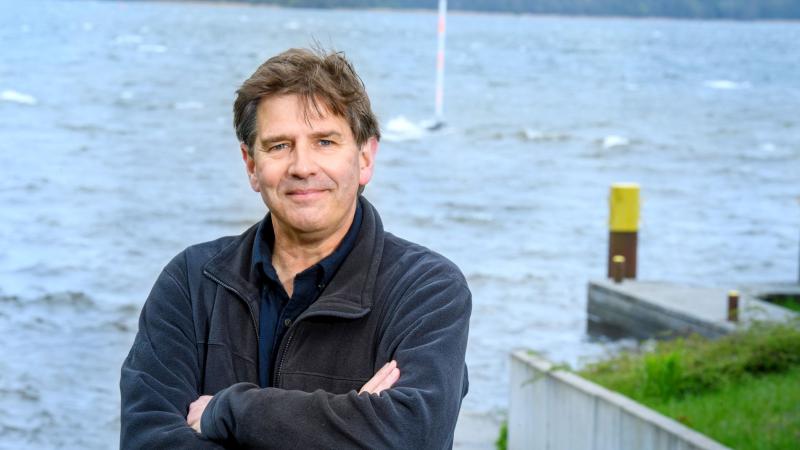
Lynn Govaert. I Photo: David Ausserhofer
"Primordial being" means protista in ancient Greek. It refers to all single to few-celled eukaryotes. Lynn Govaert is fascinated by these tiny organisms, which only reveal their beauty under the microscope. "I'm generally very fond of details," reveals the leader of the new IGB research group Eco-Evolutionary Dynamics.
The researcher has been at IGB since February: "It's not easy to change your place of work during a pandemic – from finding a place to live to moving from Zurich to Schöneiche near Berlin, everything was a bit more complicated than under normal circumstances. I have only gotten to know many of my colleagues through Zoom. But even at a distance, you can feel the positive and collegial atmosphere at IGB. I'm really looking forward to working with them," says Lynn Govaert.
Revealing population dynamics and trait changes via video analysis
Right now, she is impatiently waiting for the centerpiece of her new lab: a microscope that is connected to a camera so that she can closely follow population dynamics and traits of the protists. Data such as the size and movements of individual organisms are automatically recorded by the device. Lynn Govaert uses this method to study the response of protists, both single species as entire communities, to environmental changes. In particular, she is focusing on trait shifts related to climate change.
Originally, Lynn Govaert wanted to be a math teacher – she completed a bachelor's and master's degree in this discipline at the University of Leuven in Belgium. However, she chose biology as her minor: "Teaching is still a lot of fun for me, but I'm also glad that research is my main occupation. Even as a child, I was interested in Charles Darwin's theory of evolution and the inheritance of traits in animals." In a lecture by current IGB director Professor Luc de Meester, this enthusiasm found an anchor point.
So, after graduation, Lynn Govaert began a PhD thesis in his research group entitled: Quantifying the contributions of ecology and evolution to population and community trait change: methods development and implementation. She then did a postdoctoral research in Florian Altermatt's Community Ecology Research group at EAWAG in Switzerland.
At the interface of evolution and ecology
The open position at IGB for the leader of the Eco-Evolutionary Dynamics research group then seemed a natural fit for her: "I find the dynamical interplay between evolutionary and ecological processes and how they shape characteristics of species and entire communities fascinating. My goal is to understand how trait changes and trait variation affect community structure and functioning of ecosystems in time and space. My main research focuses on the quantification of absolute and relative contributions of ecological and evolutionary processes and understanding how the interaction between these shape communities and metacommunities in their response to environmental change.”
Protists make wonderful model organisms for this purpose. They reproduce rapidly, so evolutionary adaptations to one or more stressors can be studied over multiple generations. "Protists are small survivors that can adapt to climate change stressors. This is changing their community with broader consequences for the different levels of the food web and the ecosystem as a whole," explains Lynn Govaert: "Therefore, I am curious about the points of connection to other organisms and research questions. Everyone at IGB is welcome to contact me.”
Dear Lynn, a warm welcome to IGB. We look forward to working with you!





